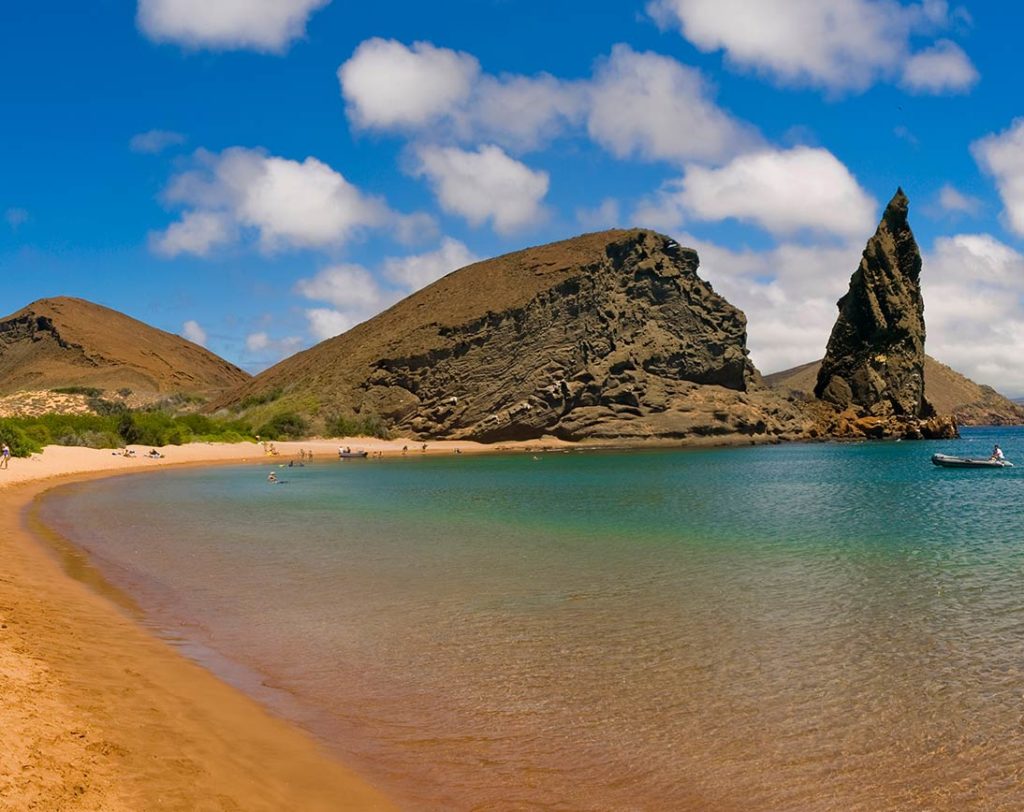The western isles cluster, which is the most remote area in the archipelago, is the ultimate expedition to the west side of Galapagos. Exotic wildlife include Equatorial penguins and flightless cormorants, giant tortoises, marine iguanas, and marine iguanas. You can swim with manta rays, turtles and reef sharks. Some of the activities include kayaking beside bird nests and lava walks. Luxury Elite catamarans offer luxury comfort and luxurious wildlife encounters.
Day by day
Map

Preview

Preview

Preview
Cruise Includes
Double or single accommodations
All meals and snacks
Programmed visits to the islands with a Certified Bilingual Naturalist Guide
Transfers between Galapagos airport and cruise
Snorkeling gear (masks, fins, and snorkel)
Wetsuits
Cruise does not include
Air ticket to/from Galapagos
National Park Entrance fee
Transit Control Card
Personal Expenses and tips
Alcoholic and Bottled Beverages
Travel and health insurance
Highlights
Navigate the Bolivar channel, an area rich in sea nutrients and home to dolphins, whales, orcas and rich marine life making it ideal for snorkeling
Explore the wild west of Galapagos, where marine iguanas strive and penguins swim in tropical waters
See diferent sand beaches - Red on Rabida, Black on Santiago and bleached white sand on Lobos island
Visit nesting sites of flightless cormorants, blue footed boobies and frigate birds
Elite Catamaran Galapagos Islands luxury cruise 8 days west isles route
From USD 9990,00
Enquire now
Dates & Promotions
| Dates | Price (USD) | Available | Hold | Promotion | |
|---|---|---|---|---|---|
No data | |||||